Introduction
Even though Chandrayan-3’s historic triumph happened less than two weeks ago, ISRO is ready to make history once more with the L1 Aditya mission.
Aditya L1 is India’s first mission designed solely to study the sun. However, unlike the Chandrayan, which touched down on the moon, Aditya will not. In fact, during the trip, the spacecraft will be closer to the planet Earth than the sun. Specifically, it will travel 1.5 million kilometres away from the earth after launch. It will take roughly four months for it to get there, and once it does, it will stay there for five years to monitor the sun. It will orbit from the Lagrange point L1 in a halo orbit. Because of this, it is not only a spacecraft but also a space observatory.
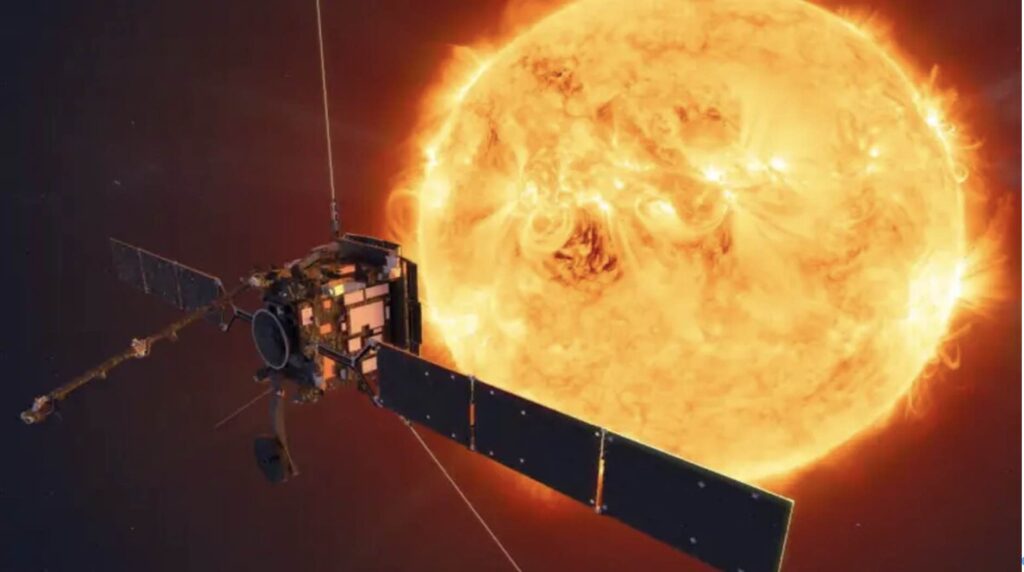
Lagrange Points
The first thing that comes to your mind will be, ‘what is this Lagrange point?’ When you consider the sun and the Earth, you obtain five Lagrange points, which are special locations in space where the gravitational pull of two celestial bodies balances out. These locations are where sending a spacecraft will result in its orbital motion and centrifugal force being balanced out by the gravitational pull of the earth and the sun.
What advantage does this have? Well, whatever spacecraft we send to the Lagrange point will arrive stable, and we will not need to exert much effort to keep it that way. The spacecraft will then start to save fuel. Longer trips can be accomplished in this method as the spacecraft continues to develop along with the Earth’s rotation around the sun. Continuous observation is the second advantage. Take Lagrange point L1, for instance. Anything we send there will always be in a position from which both the Earth and the Sun can be seen, and neither will ever be obscured by the other’s shadow. Think about how the sun occasionally becomes concealed by the Earth as it revolves around it or just as it does when we send a spacecraft into lunar orbit like the Chandrayaan or into earth orbit.
Aditya L1, Aditya Alvin, and other space organisations that have sent solar observations before this have all been positioned at L1, such that the Solar and Heliospheric observatory (SOHO) In short, Lagrange points are very crucial. L1 and L2 are the most significant Lagrange points since they are closest to the Earth.
This mission was a collaboration between NASA and the European Space Agency. At L2 point, the renowned James Webb space telescope has been installed.
Can you guess why this telescope needs to see light-years away to the centre of the cosmos and why the sun will eventually be concealed behind the Earth?
The sunlight must be blocked off to prevent interference. L2 point was picked in this instance because of that.
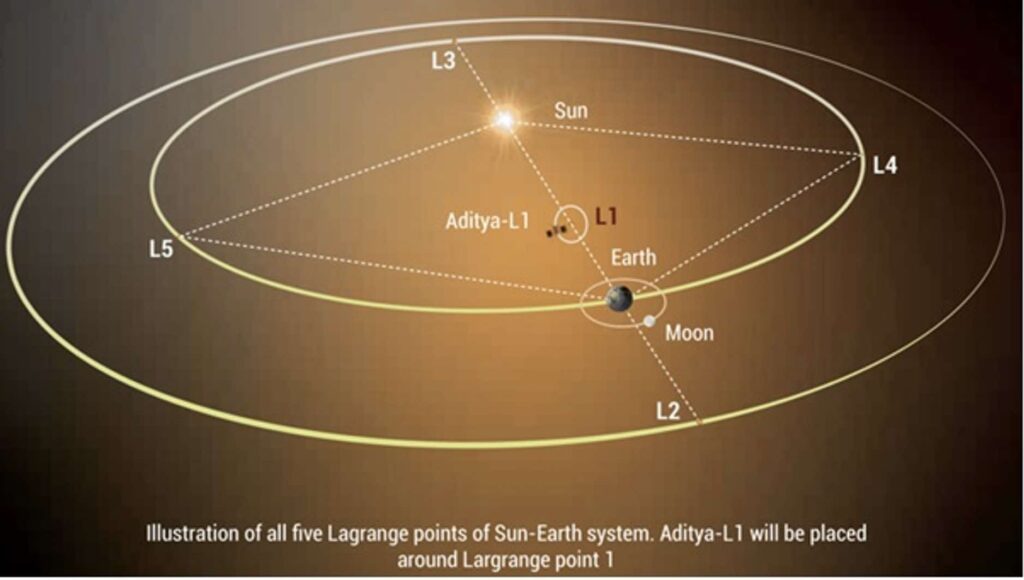
Objective of the Research
To comprehend this, it helps to have a basic understanding of the sun. To put the sun’s size in perspective with respect to Earth’s, 1.3 million Earths can fit within the sun, which has a diameter that is 109 times greater than Earth’s. The Earth’s crust and mantle have several layers, just like its core. The sun has various layers as well. Similarly, a core is also present in the sun. In the core, hydrogen and helium undergo a nuclear fusion process that provides energy. We can feel this heat and light that are produced by this energy all the way down on Earth.
Right outside of it, in the radioactive zone, where temperatures are as high as 15,000,000°C, is where convection occurs. Convection is responsible for transferring about 30% of the sun’s energy. Due to the fact that the sun doesn’t actually have a surface like the surface of the earth. It is instead made up entirely of hot gases and plasma, it is also known as the innermost layer of the sun’s atmosphere.
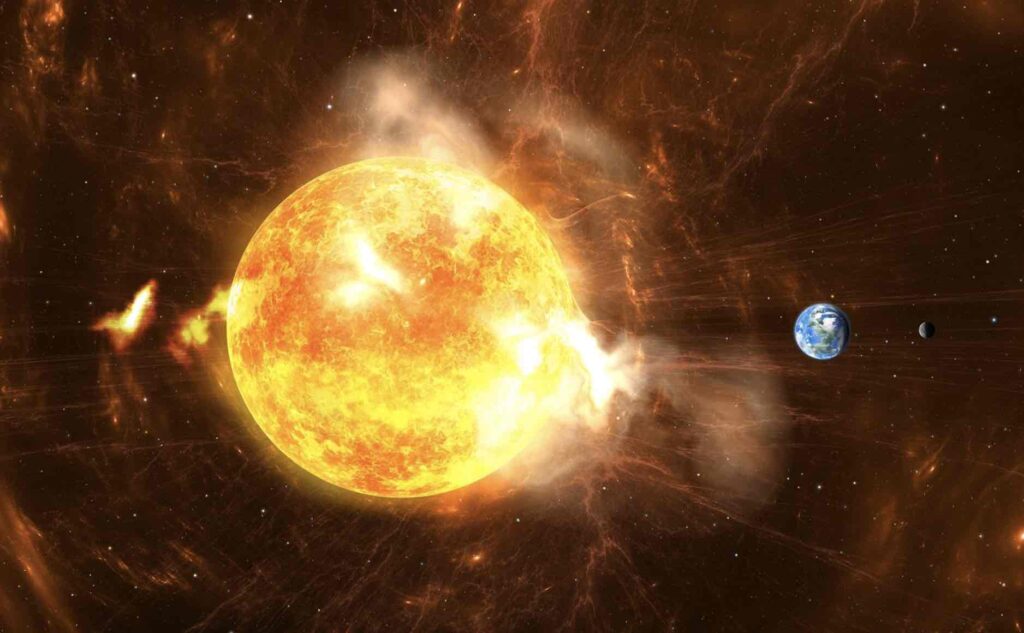
The sun’s surface, which we call the photosphere, follows this. Here, the temperature is 5500°C, which is noticeably colder. Next lies the Chromosphere, where the temperature is beginning to rise again. Here, the temperature range from 6000°C to 20,000°C. The transition area, a thin layer that appears as you ascend, is followed by the sun’s corona, its outermost layer.
The coronavirus has nothing to do with this case of corona. Plasma is very hot and is present in the corona’s air. The temperature here is around 1 million to 3 million degree Celsius. You could wonder, for example, why the sun’s core is so hot while the surface grows colder and the corona air is once more, extremely hot.
This is a mystery scientists have failed to solve to this day.
Aditya L1 satellite mission may reveal some secrets in this area, and scientists have their own hypotheses on why this is the case, but no one is certain of the precise cause. The photosphere is what we typically see when we look at the sun from the ground, but during a partial solar eclipse, we can see the chromosphere, which gives off a crimson light. The corona is visible during the total solar eclipse, with that layer remaining buried. A hazy halo surrounds the sun.
The goal of Aditya Launch One is to investigate the sun’s three outer layers. The Corona, Chromosphere, and Photosphere.
The Procedure
How will this be accomplished millions of kilometres from the sun? Let us first examine the substances that the sun emits. We are all aware that the sun emits heat and light. In addition to this, the sun emits a variety of electromagnetic radiations, including radio waves, x-rays, gamma rays, infrared radiation, and ultraviolet radiation, all of which have the potential to cause skin cancer.
Radiation that causes injury also includes gamma and X rays. However, the atmosphere of the planet shields us from them. But in addition to all of these, There is also the solar wind of the sun.
In essence, solar wind is a massive wave of charged protons and electrons. When does the magnetic field of the earth interact with the solar wind? In nations like Sweden, Finland, and Iceland, we may witness the northern lights, a stunning light show. In addition, the sun produces coronal mass injections (CMEs). These are a significant increase in solar wind and magnetic fields. The sun occasionally releases solar flares, which are powerful bursts of light and energy.
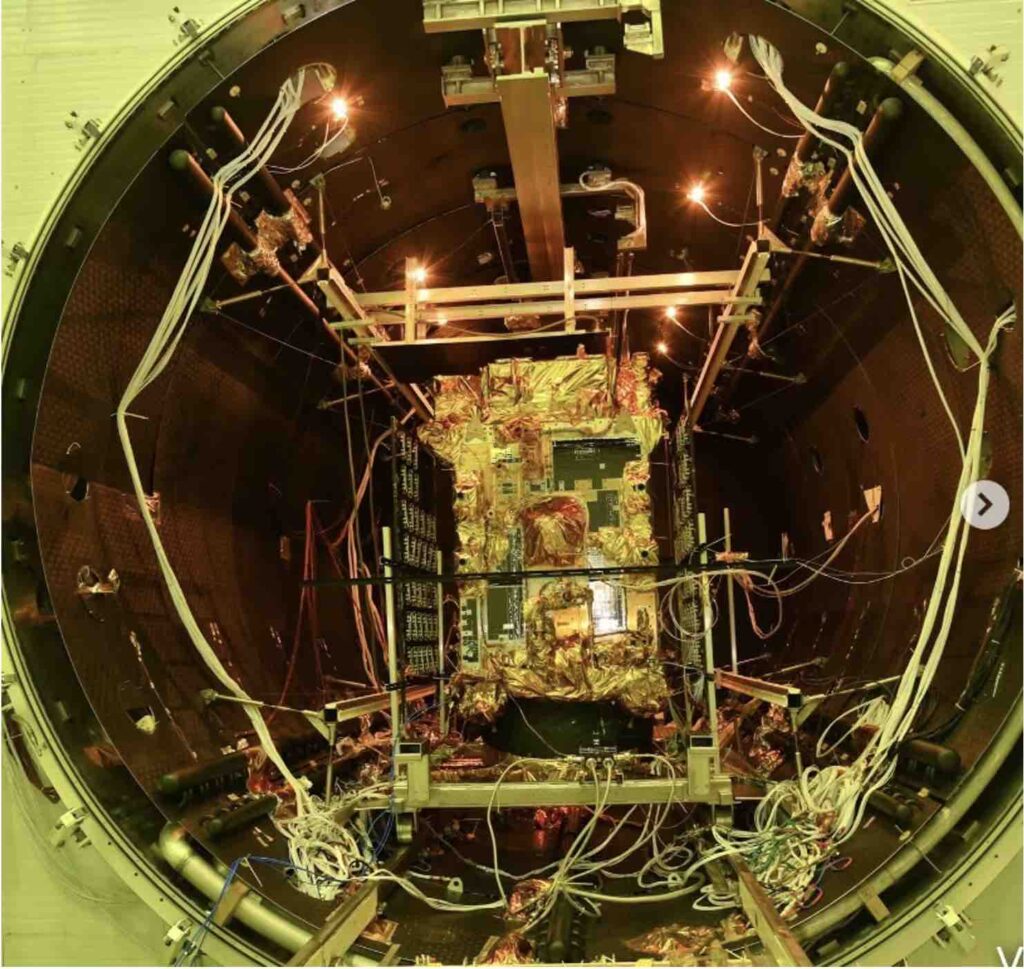
There are seven tools to measure these. Kaur placed the first visible emission line coronagraph of the seven payloads aboard Aditya Launch One, which will be used to investigate the corona layer and track the course of the coronal mass. a second ultraviolet imaging telescope for the sun. Its job is to take ultraviolet images of the sun’s photosphere and chromosphere. The third is a high-energy L1 orbiting x-ray spectrometer and fourth, a low energy x-ray spectrometer on the sun. Both will investigate the sun’s x-rays, particularly those produced by solar flares. The fifth is the Aditya solar wind particle experiment. And last but not least is the sixth: Aditya’s plasma analyzer. These two are for researching solar wind.
The magnetometer, which measures magnetic field, is the final cargo. the magnetic fields that can be felt here at L1. It is now known that in order to take these measurements, it is necessary to leave the Earth’s atmosphere because the Earth’s atmosphere blocks a lot of radiation, x-rays, and other CMEs from reaching the Earth, which is good for humans but not good enough for research purposes.
Four of the seven payloads will study the sun directly, while the remaining three payloads will take measurements around the L1 point. discussing the additional Sun-related missions in 2018, NASA and the European space agency launched the Parker solar probe, whose goal was to establish direct communication. In addition to this, NASA and ESA launched a solar orbiter in 2020 to gain a better understanding of the sun. the UV radiation that the sun emits.
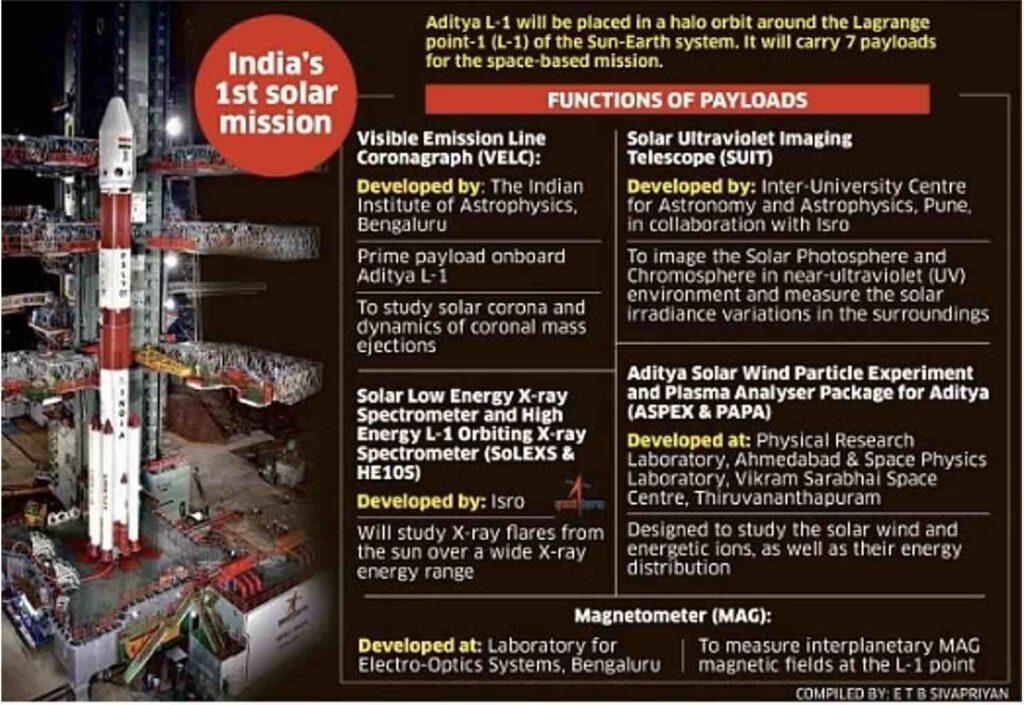
Conclusion
An important milestone in solar science and space exploration has been reached with the launch of India’s Aditya-L1 mission. This mission aims to improve our understanding of solar activity and its effects on Earth’s space environment by concentrating on the study of the Sun’s Corona. In addition to helping scientists and researchers, the information gathered by Aditya-L1 will be essential for defending our technological infrastructure against the consequences of space weather phenomena. This mission highlights India’s expanding role in space exploration and its dedication to expanding our understanding of the universe.
Written by – Sneha Jain
Edited by – Shamonnita Banerjee
